The Electric Grill Market is currently characterized by a dynamic competitive landscape, driven by innovation, consumer preferences for healthier cooking options, and the increasing popularity of outdoor and indoor grilling. Major players such as Weber (US), George Foreman (US), and Philips (NL) are strategically positioned to leverage these trends. Weber (US) focuses on premium products that emphasize quality and performance, while George Foreman (US) targets the mass market with affordable, user-friendly designs. Philips (NL), on the other hand, is investing heavily in technology integration, particularly in smart grilling solutions that appeal to tech-savvy consumers. Collectively, these strategies contribute to a competitive environment that is both diverse and rapidly evolving, as companies seek to differentiate themselves through product innovation and enhanced consumer engagement.
In terms of business tactics, companies are increasingly localizing manufacturing to reduce costs and improve supply chain efficiency. This approach not only enhances responsiveness to market demands but also aligns with sustainability goals by minimizing transportation emissions. The Electric Grill Market appears moderately fragmented, with several key players holding substantial market shares while numerous smaller brands cater to niche segments. The collective influence of these major companies shapes market dynamics, as they compete not only on product features but also on brand loyalty and customer service.
In August 2025, Weber (US) announced the launch of its new line of smart electric grills, which integrate IoT technology to allow users to control cooking settings via a mobile app. This strategic move is significant as it positions Weber at the forefront of the smart cooking trend, appealing to a growing demographic that values convenience and connectivity in their cooking appliances. The introduction of these products is likely to enhance customer engagement and loyalty, as users can enjoy a more personalized grilling experience.
In September 2025, George Foreman (US) unveiled a partnership with a leading health and wellness brand to promote its electric grills as part of a healthier lifestyle campaign. This collaboration is indicative of George Foreman’s strategy to align its products with health-conscious consumers, potentially expanding its market reach. By associating its brand with wellness, George Foreman may enhance its appeal and drive sales among health-focused demographics, thereby reinforcing its market position.
In July 2025, Philips (NL) expanded its product line with the introduction of a new electric grill that features advanced air circulation technology, designed to reduce cooking time while enhancing flavor. This innovation reflects Philips' commitment to integrating cutting-edge technology into its products, which could attract consumers looking for efficiency and quality. The emphasis on technological advancement not only differentiates Philips from competitors but also aligns with broader trends towards smart home appliances.
As of October 2025, the Electric Grill Market is witnessing a shift towards digitalization, sustainability, and AI integration, which are becoming defining trends in competition. Strategic alliances, such as partnerships between brands and health organizations, are shaping the landscape by enhancing brand credibility and consumer trust. Looking ahead, competitive differentiation is likely to evolve from traditional price-based strategies to a focus on innovation, technological advancements, and supply chain reliability. Companies that can effectively leverage these trends will likely secure a competitive edge in this rapidly changing market.



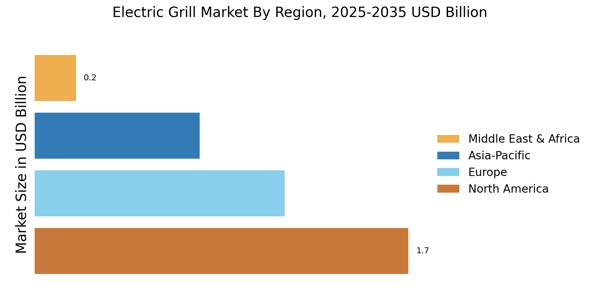
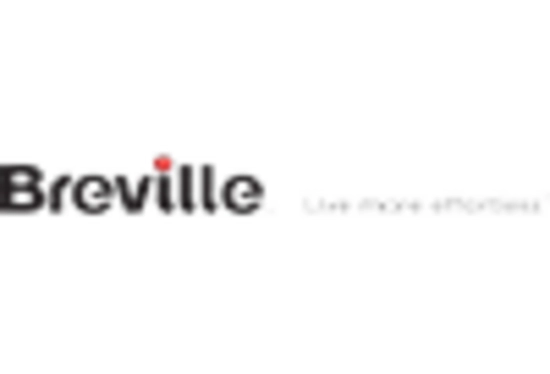

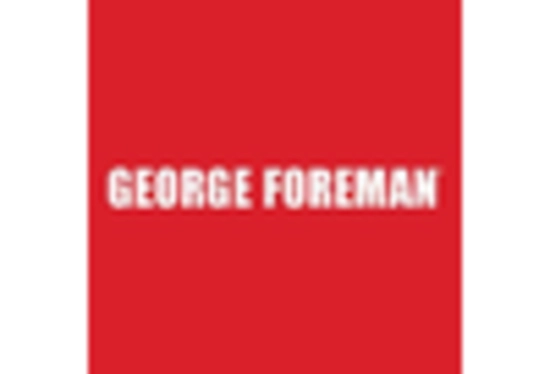
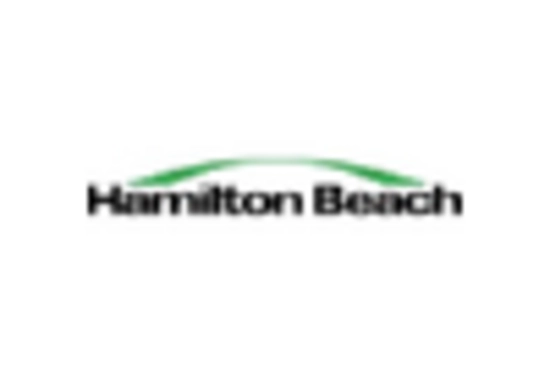
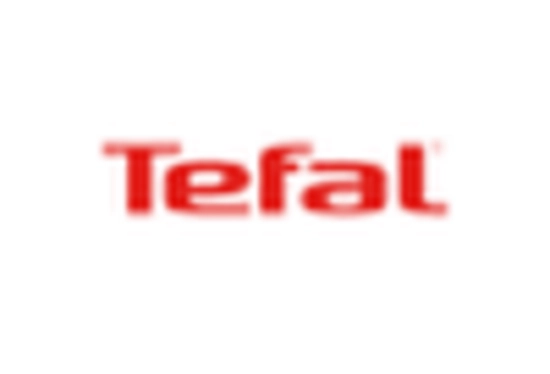
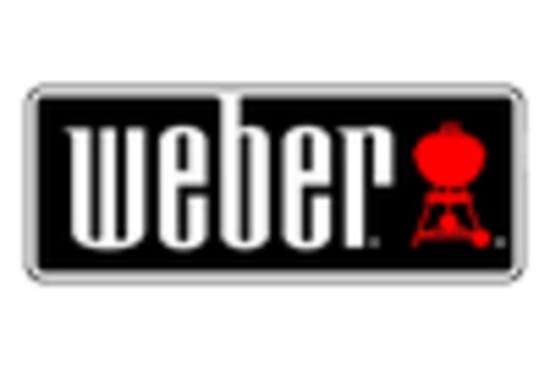








Leave a Comment